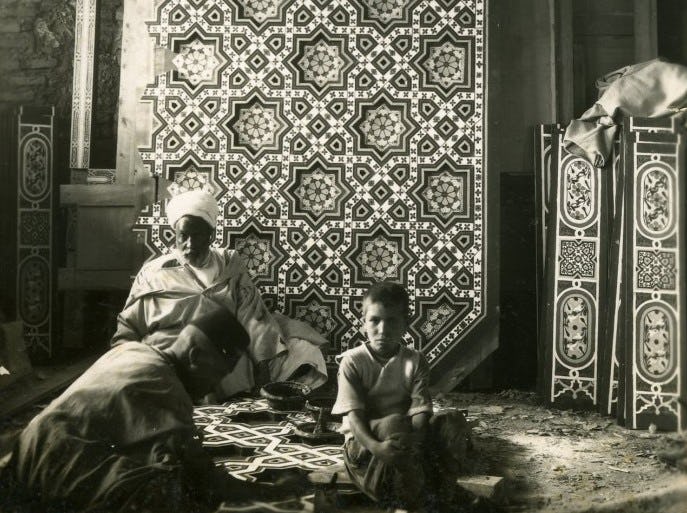Enamelled Copper Crane Figurine
Date20th century
MediumEnameled copper alloy
DimensionsOverall: 21 7/8 x 12 1/2 in. (55.6 x 31.8cm)
ClassificationsMetalwork
Object number54.46.2
DescriptionThis crane sculpture (one of a pair) was made in the twentieth century in Jaipur, a city in the northeastern Indian state of Rajasthan. The crane poses with its neck erect and both feet resting on a circular stand. The copper surface is embellished with enamel in a feather-like pattern. This elegant bird may be a sarus crane, a species found throughout the northern and northwest lowlands of India, along the Ganges River. The fourth Mughal emperor Jahangir (r. 1605—1627 CE) took a great interest in natural history, and made detailed observations of the egg-laying habits of these cranes. In India, it was commonly believed that sarus cranes mate for life, and therefore represented love and good fortune. Jahangir was known to keep two cranes, which he named Layla and Majnun after the two lovers from the famous Persian legend of the same name.
On View
On viewCollections
20th century
19th - 20th century
Dated AH 1031 (1622 CE)
13th - 14th century
13th - 14th century














